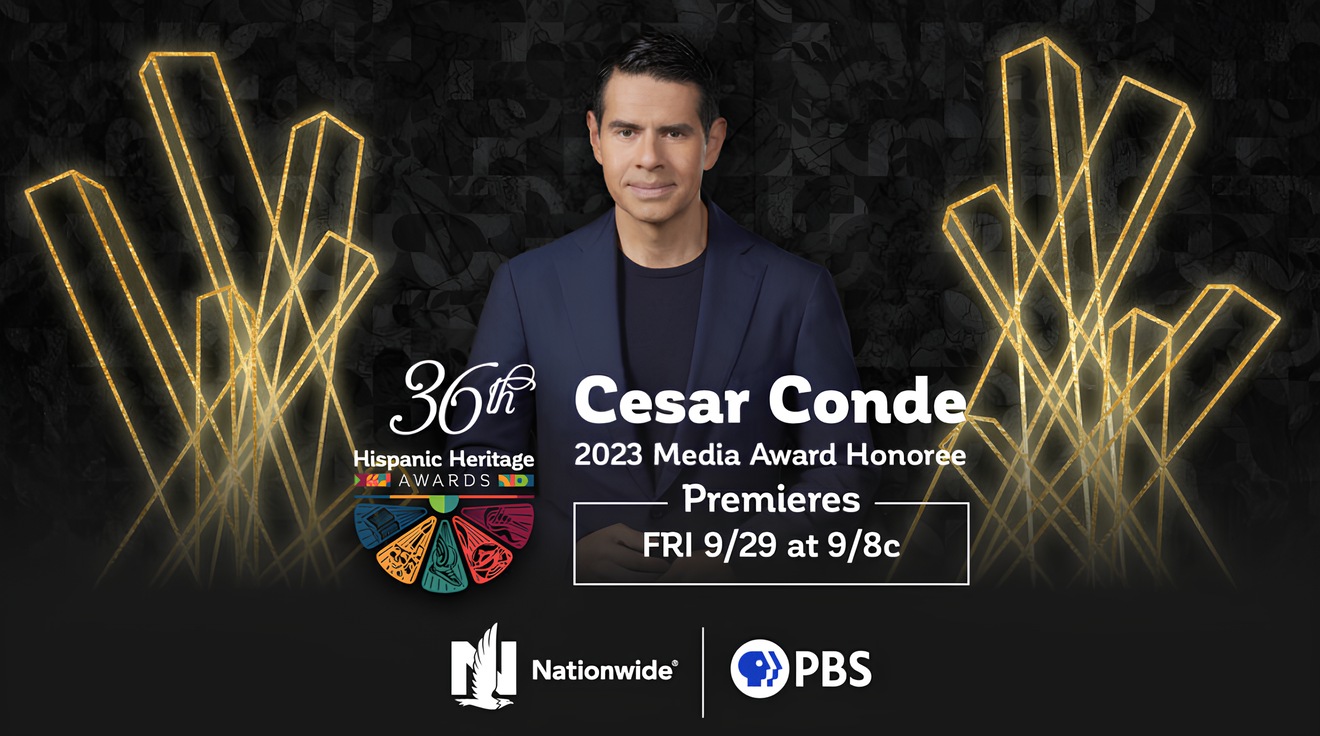
Where are the Latina curators?
Little by little, Latina curators are making their mark in America's most distinguished art museums.
The lack of diversity in U.S. museum spaces remains a harsh reality. According to figures from the 2018 Art Museum Staff Demographics Survey, only 12% of museum leadership positions were held by people of color, a slight increase of 1% over the 2015 results. That same year, 84% of curators, conservators, educators, and leaders were white, while only 4% were Black and 3% were Latino. When it comes to women, the reality is even worse.
However, over the last few years, Latina curators have been making their mark in America's most prominent art museums.
One example is Dr. Ariana Curtis, Afro-Latino curator, current content director of Our Shared Future: Reckoning with Our Racial Past, an initiative launched by the Smithsonian with the goal of helping America confront the history and legacy of racism. Previously, Dr. Curtis was Curator of Latinx Studies at the National Museum of African American History and Culture (also in Washington D.C.) and the Anacostia Community Museum from 2013 to 2017.
In an interview with Refinery29, Curtis explained that while pursuing a graduate degree at American University in race, gender, and social justice studies, she realized that most exhibitions and academic talks in DMV-area museums did not reflect her experience as an Afro-Latina. That's when she decided to dedicate herself to promoting the representation of Blackness in museums.
"It's not just that people can access your work; it's that they can respond to it, that they can think about it, that they can build programs around it, and that there are real conversations that people have around what they're seeing and what they're feeling," she told Refinery29.
In 2013, Curtis — of African-American and Afro-Panamanian descent — became curator of Latino Studies at the Smithsonian Anacostia Community Museum, where she curated two bilingual exhibitions, Gateways/Portales, which explored the experiences of Latino immigrants in Washington D.C., Baltimore, and parts of North Carolina, and Bridging the Americas, a look at home and belonging in and between Panama and D.C.
In addition to her work at the Smithsonian Museums, Curtis is founder of Black Latinas Know, a collective of Black Latina scholars, producers of innovative and important intellectual contributions to the intersectional study of race within Latinidad and Blackness.
"We acknowledge that our Black womanhood and scholarship intersect to offer a particular view of race, our disciplines, and society which is intimately tied to our own experience," the group explains on their website.
RELATED CONTENT
The organization's goal is to recognize the voices of Black Latinas as a crucial source of knowledge for understanding how race works within 'Latinxity.'
"An over-representation of white and mestiza Latina/o/xs in scholarly accounts of race reproduce the very racial exclusions that the scholarship claims to address," they note.
Other prominent Latina curators
Other Latina curators in prominent positions include E. Carmen Ramos, an Afro-Latina of Dominican origin, appointed in 2021 as chief curator and head of conservation at the National Gallery of Art (NGA) in Washington D.C., becoming the first person of color and woman in that position.
Puerto Rican-born Marcela Guerrero was promoted to associate curator at the Whitney Museum of Art in July of last year. Guerrero is organizing upcoming exhibitions by Puerto Rican artists and performance artist Martine Gutierrez.
Meanwhile, Latino writer and curator Elizabeth Ferrer, video chair of contemporary art at BRIC, an experimental art center in Brooklyn, NY, published Latinx Photography in the United States: A Visual History, a comprehensive selection of photographers who have covered everyday life and human rights in Latino communities in the United States. It is the first overview of its kind, profiling more than 80 photographers and delving into their aesthetic similarities over the centuries.
Finally, a new exhibition at the Denver Art Museum has put the spotlight on Latino art historian Terezita Romo. It is the first exhibition to focus on La Malinche, a multilingual Indigenous woman who left a complicated legacy after being an interpreter for Hernán Cortés and giving birth to the Spanish conquistador's son.











LEAVE A COMMENT:
Join the discussion! Leave a comment.